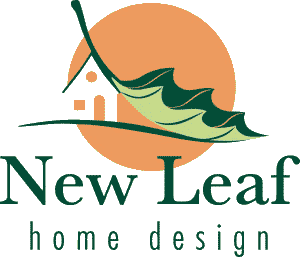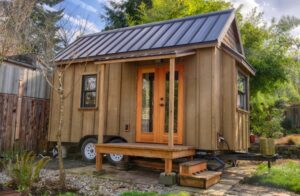
I confess, I secretly dream of building and living in a tiny house. Apparently, there are a lot of people who share this dream. You can now find websites, blogs, conferences, and more devoted to nothing but tiny houses. In case you’ve missed the attention they have been getting lately, “tiny house” refers to a stand-alone dwelling of roughly 500 square feet or less, with many smaller than 120 square feet. Very often, they are built on wheels to get around zoning codes which require a minimum size for houses built on foundations I think they are really cute, and I like the idea of a house designed so carefully that much of the square
footage can be eliminated without sacrificing comfort or convenience. I like the idea that building small will make possible more beautiful craftsmanship, so every shelf and every little window becomes a work of art. I like the idea of a super-small environmental footprint, and the physically small footprint of a tiny house seems like an obvious way to work towards this goal. And did I mention how cute they are? But I saw some videos the other day that got me to thinking about how there is more to the sustainability of our homes than their size.
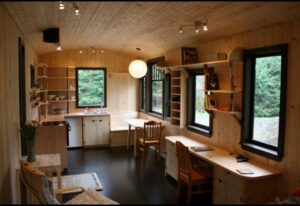
The first video was about a man building a tiny house to put on a property he owned in Montana, where he could be surrounded by nature, off the grid, using just the energy he could generate with his solar panels. Sounds idyllic, right? But later that night, I saw a short funny piece from BuzzFeed showing 2 couples and 1 guy trying out life in a tiny house for a few hours. https://www.youtube.com/watch?v=j88Ao2DYSZo The couples decided they weren’t ready for tiny living. One of the women commented “There are basically 2 rooms: inside and outside.” That’s when I realized: what’s outside a tiny house is an important part of what is means to live in one.
Another film had an i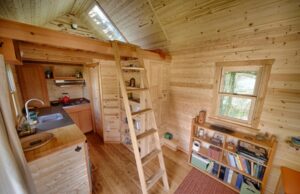 nterview with a couple living happily in their tiny house. The woman said “if I need to be in my own space for a while I go to yoga”. One tiny house was assembled by its owner on a suburban lot not too far from where he worked, using rented power tools and going to the building supply store for materials. If your house is on an urban lot you can get to a yoga studio, there is a business nearby that rents tools, and it only takes a few minutes to run to the store for supplies. If you are hours from the nearest town on a lot in the wilderness, it’s a
nterview with a couple living happily in their tiny house. The woman said “if I need to be in my own space for a while I go to yoga”. One tiny house was assembled by its owner on a suburban lot not too far from where he worked, using rented power tools and going to the building supply store for materials. If your house is on an urban lot you can get to a yoga studio, there is a business nearby that rents tools, and it only takes a few minutes to run to the store for supplies. If you are hours from the nearest town on a lot in the wilderness, it’s a
another story. The availability of those community resources is going to make a difference in how much storage and living space you need. My friend who lives in Brooklyn has a grocery store a 5 minute walk from her house, so her family doesn’t need to stockpile toilet paper or breakfast cereal. I can imagine the guy inMontana deciding he needs to buy a bigger SUV to drive out to his tiny house, just so he has room in the car to store enough groceries for the week.
When we build smaller houses, we can put them closer together; and when we put them closer together it’s easier to walk or ride a bike or use public transit between home and the places we need to go; if we can get places without using cars, we don’t need to have as much space to park cars, which allows us to build things even closer together, making them even more walkable. In the big picture, I think keeping our communities compact is more important than building ultra-small. Compact development means that more land can be left without buildings, so more of us can continue to enjoy natural areas without traveling past miles of parking lots to get there. And of course, building tiny is no substitute for excellent insulation, air sealing, and efficient heating systems. These core ideas apply to all houses.

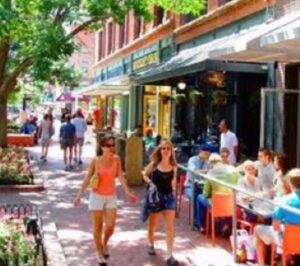 If we get too caught up in the cute image of tiny houses, we can lose track of the fact that all of us can make more sustainable choices about where we live, even if we aren’t ready to live in 300 square feet. I still like the ideas tiny houses represent, and I still think they are really cute. But I know the relationship between our houses and our communities is just as important as the size of the house. Maybe I’ll build a tiny house someday. Even if I don’t, I know there are a lot of other things I can do to live more sustainably, and they may be even more important than being able to pull my house on a trailer.
If we get too caught up in the cute image of tiny houses, we can lose track of the fact that all of us can make more sustainable choices about where we live, even if we aren’t ready to live in 300 square feet. I still like the ideas tiny houses represent, and I still think they are really cute. But I know the relationship between our houses and our communities is just as important as the size of the house. Maybe I’ll build a tiny house someday. Even if I don’t, I know there are a lot of other things I can do to live more sustainably, and they may be even more important than being able to pull my house on a trailer.
Even a big house can feel tiny if it isn’t designed to fit the way your family lives. If your house needs some TLC so you can love it again, or you’d like to build a new house designed to make the most of every square foot, send me a note at Hallie@NewLeafHomeDesign.com.
